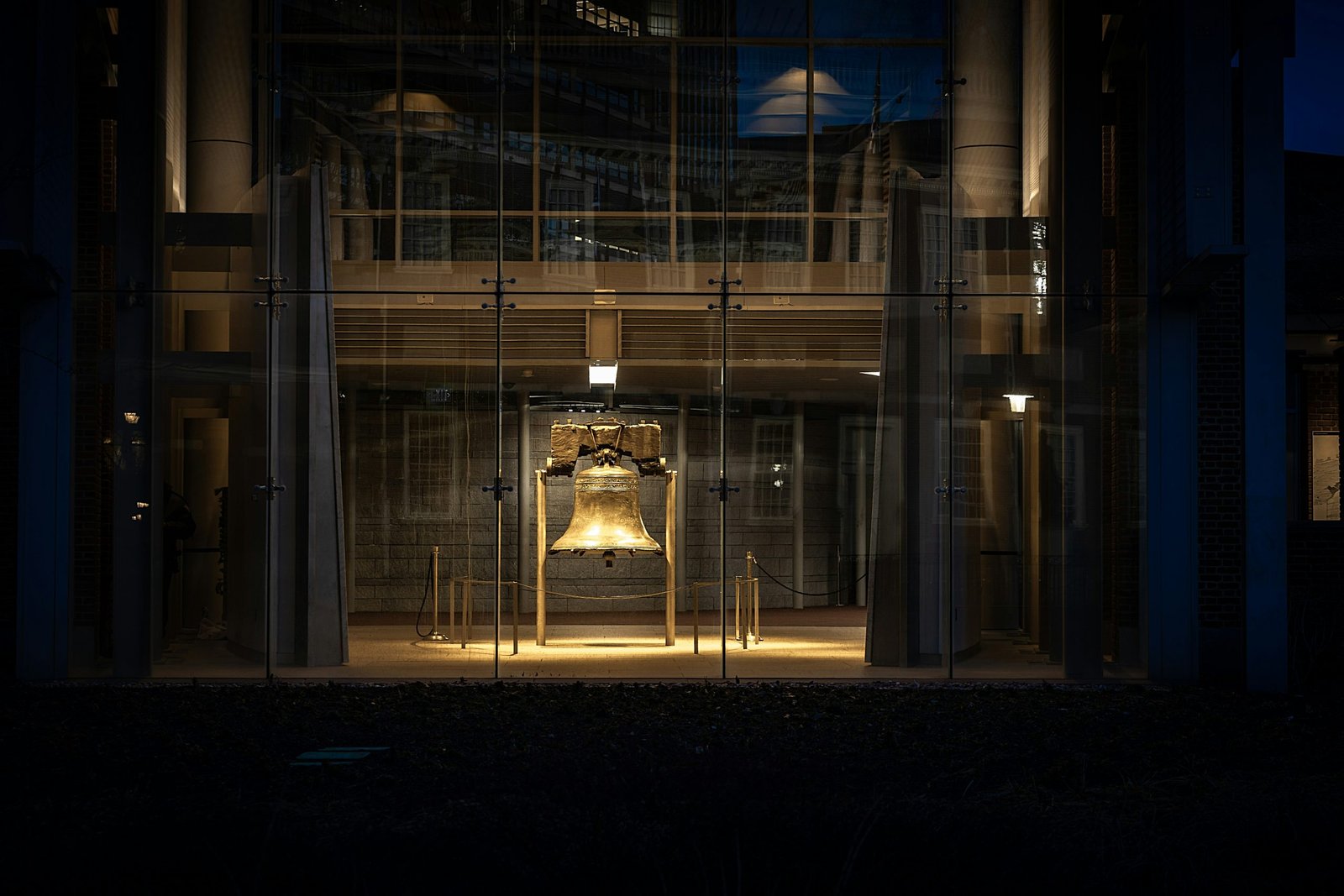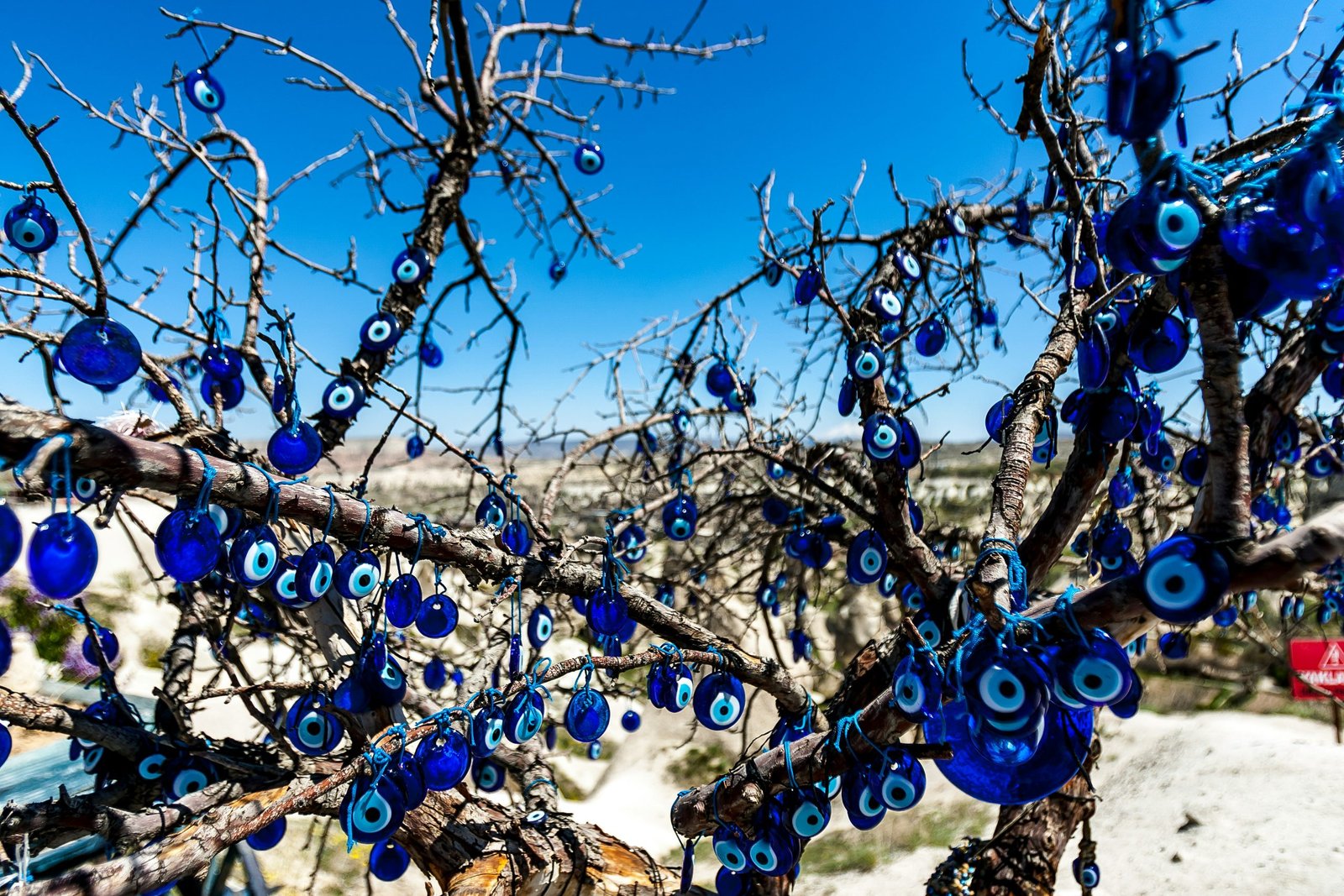Hawaii, that tropical paradise in the Pacific, has such an incredible story. It’s like a masterpiece crafted by nature over millions of years. The islands we see today are the result of some pretty dramatic volcanic action.
Let’s start The Hawaiian Islands were born out of what scientists call “hot spot volcanism.” It’s a process where a hot spot in the Earth’s mantle melts the crust above it, creating a volcano. Hawaii’s story is all about this volcanic drama.
Kauai, the elder of the Hawaiian family, is about 5.1 million years old. As the Pacific tectonic plate shuffled over the Hawaiian hotspot, it gave birth to the islands, one after another like a cosmic conveyor belt. Next in line is Oahu, a youngster compared to Kauai, at around 3 million years old. Then comes Maui, just 1.3 million years old. And the baby of the bunch? That’s the Big Island, or Hawaii Island, still growing and under a million years old.
The creation of Hawaii wasn’t just about popping islands into the ocean. It involved some seriously massive volcanic eruptions. Take Kilauea, for instance. It’s one of the most active volcanoes on Earth and has been a major player in shaping the Big Island.
But Hawaii’s story isn’t just geological; it’s also deeply human. Around 1,500 years ago, Polynesians navigated the vast Pacific and made these islands their home. They brought their culture, language, and traditions, weaving the rich tapestry that is Hawaiian identity.
Fast forward to modern history – Hawaii became a U.S. territory in 1898 and then joined the union as the 50th state on August 21, 1959.
Today, Hawaii is a global icon, celebrated for its breathtaking beauty, unique cultural blend, and the famous “aloha spirit.” People from all parts of the world come to these islands to soak in the natural wonders and the warm, welcoming culture. Hawaii isn’t just a place; it’s an experience, a blend of nature’s artistry and human history that captures the imagination like nowhere else.





